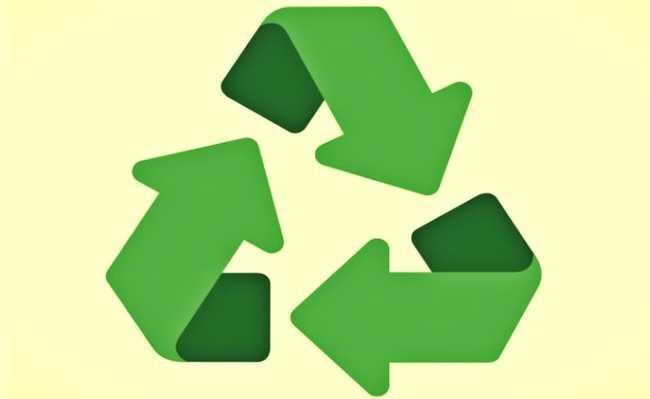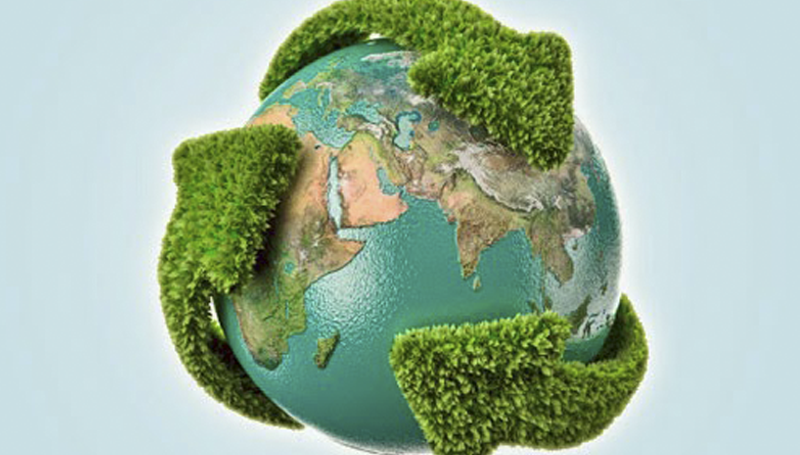Entrevista concedida pela FUNVERDE para a revista HM! sobre as malditas sacolas plásticas de uso…
Raising Awareness of Plastic Waste

Most people are familiar with the concept of a carbon footprint. Many may also know there is such a thing as a water footprint. But whoever heard of a plastic footprint? Well, soon, more and more people will have.
Starting in early October, hundreds of companies and institutions around the world will receive a questionnaire asking them to assess and report their use of plastic: how much they use, what processes they have for recycling and what — if any — policies they have to reduce their plastic consumption or to increase the proportion of recycled or biodegradable plastic within their organizations.
Fairly simple questions, but ones that could help to thrust the issue of plastic waste and pollution onto the radars of corporations, investors and the public in a much bigger way.
“What we’re trying to do is to have companies manage and use plastic much more wisely, and to receive recognition for doing so from both customers and investors,” said Doug Woodring, an environmental entrepreneur in Hong Kong who has a background in asset management and is the driving force behind the initiative.
“Plastic pollution is a major global phenomenon that has crept up on us over the decades, and it really requires a global and comprehensive solution that includes systemic rethinks about usage and production.”
Announced last year, and due to be introduced formally in September, the Plastic Disclosure Project is trying to provide the solution that Mr. Woodring describes, by pushing the thinking about plastic pollution far beyond beach cleanups with an attempt to change the awareness and behavior of big users of plastic, which include not only companies but also universities, hospitals and sports groups.
The concept behind the project is not new. The initiative models itself on the Carbon Disclosure Project , which has been prodding companies into monitoring and improving their carbon emissions for about a decade.
About 3,000 organizations in about 60 countries measure and disclose their greenhouse gas emissions and climate change strategies through the carbon disclosure project. Last year, the project also began asking companies about their water use, with the same aim of prompting more conservative use of that resource.
Like the carbon project, the plastic disclosure initiative is backed by investors: asset managers who value information about any potential wastage or liabilities related to the use of energy, water or plastic, or, conversely, any improvements that will bolster a company’s bottom line or its image with consumers.
“Increased transparency by companies should improve the ability of sustainable investors to assess the investment risks and opportunities of companies in the global plastic value chain,” said Jeremy Higgs, managing director of Environmental Investment Services Asia , an investment management company in Hong Kong that last month became a founding sponsor of the Plastic Disclosure Project, with a $50,000 grant.
While carbon emissions and water use are pretty firmly embedded in the consciousness of most organizations, the use of plastic generally is not.
But campaigners and scientists are increasingly sounding the alarm over the amount of plastic that is used wastefully (think of single-use drink bottles and packaging), or that ends up as trash in rivers and oceans. Many say that plastic pollution has swelled into a major threat for the world’s oceans and for the global environment as a whole.
The U.S. National Oceanic and Atmospheric Administration, for one, has said that marine debris “has become one of the most pervasive pollution problems facing the world’s oceans and waterways .”
And in Europe, the E.U. commissioner for maritime affairs and fisheries, Maria Damanaki, has said that pollution in the Mediterranean Sea has reached “alarming proportions.”
Here is why: About 300 million tons of plastic is produced globally each year. Only about 10 percent of that is recycled. Of the plastic that is simply trashed, an estimated seven million tons ends up in the sea each year.
There, it breaks down into smaller and smaller fragments over the years.
The tinier the pieces, the more easily they are swallowed by marine life. (One study found that fish in the North Pacific ingest as much as 24,000 tons of plastic debris a year).
Because much of the disintegrating mass is no longer in the form of solid chunks, it is hard to scoop it out once it gets into the ocean. And because no single nation or authority bears responsibility for the oceans, cleanup and prevention are largely left to nongovernmental organizations.
“It’s ironic: the very features that make plastic so popular also make it problematic,” said Erik Floyd, a former equity analyst who is the treasurer of the Association for Sustainable and Responsible Investment in Asia and who co-founded the plastic project with Mr. Woodring.
In other words, because plastic is inexpensive, lightweight and durable, virtually every industry — be it retailing, manufacturing or logistics — loves it.
But because it is light and cheap, there is a lot of it. And because it is so durable, it does not “go away.” Plastic accumulated over half a century is now out there.
A big part of the solution therefore has to be to prevent plastic from getting into the environment in the first place. That, in essence, is what the plastic disclosure project’s team and its backers (it also has a stamp of approval from the Clinton Global Initiative ) are trying to do.
By getting companies to assess their own — and their suppliers’ and service providers’ — plastic footprints voluntarily, the project is hoping to raise awareness of the problem and the potential savings that can be made, and to prompt organizations to change their consumption patterns.
That could mean reducing wasteful use; collecting, reusing or recycling plastic trash; stepping up the use of recycled plastic or of more easily biodegradable materials; and modifying product designs to minimize plastic use. The information compiled could be valuable to investors.
Some companies have already made progress on those fronts. Electrolux, the Swedish appliance maker, for example, introduced a range of vacuum cleaners in February that are made from recycled plastic. Coca-Cola has devised a plastic bottle that also contains plant-based materials. And Procter & Gamble has the long-term aim of using 100 percent recycled or renewable material in its products and packaging.
“Once you’ve taken an inventory of your use for the first time, it’s easy to improve on it,” said Mr. Woodring. “It’s not necessarily painful.”
Further down the line, the time may come when plastic trash is seen as something that has greater commercial value. After all, plastic, which is petroleum-based, can be converted into fuel. The technologies to do so exist, but “trash-to-cash” projects are mostly still small because the recycling and collection programs needed to give them a reliable supply of plastic waste are insufficient or completely absent.
With any luck, the plastic project will help start more action on that front, too.
This article has been revised to reflect the following correction:
Correction: August 15, 2011
An earlier version of this article misstated the location of a study on fish ingesting plastic debris in the ocean. The study took place in the North Pacific, not the North Atlantic.
Fonte – Bettina Wassener, New York Times de 14 de agosto de 2011
Imagem – LYNETTELYNN_D




Este Post tem 0 Comentários